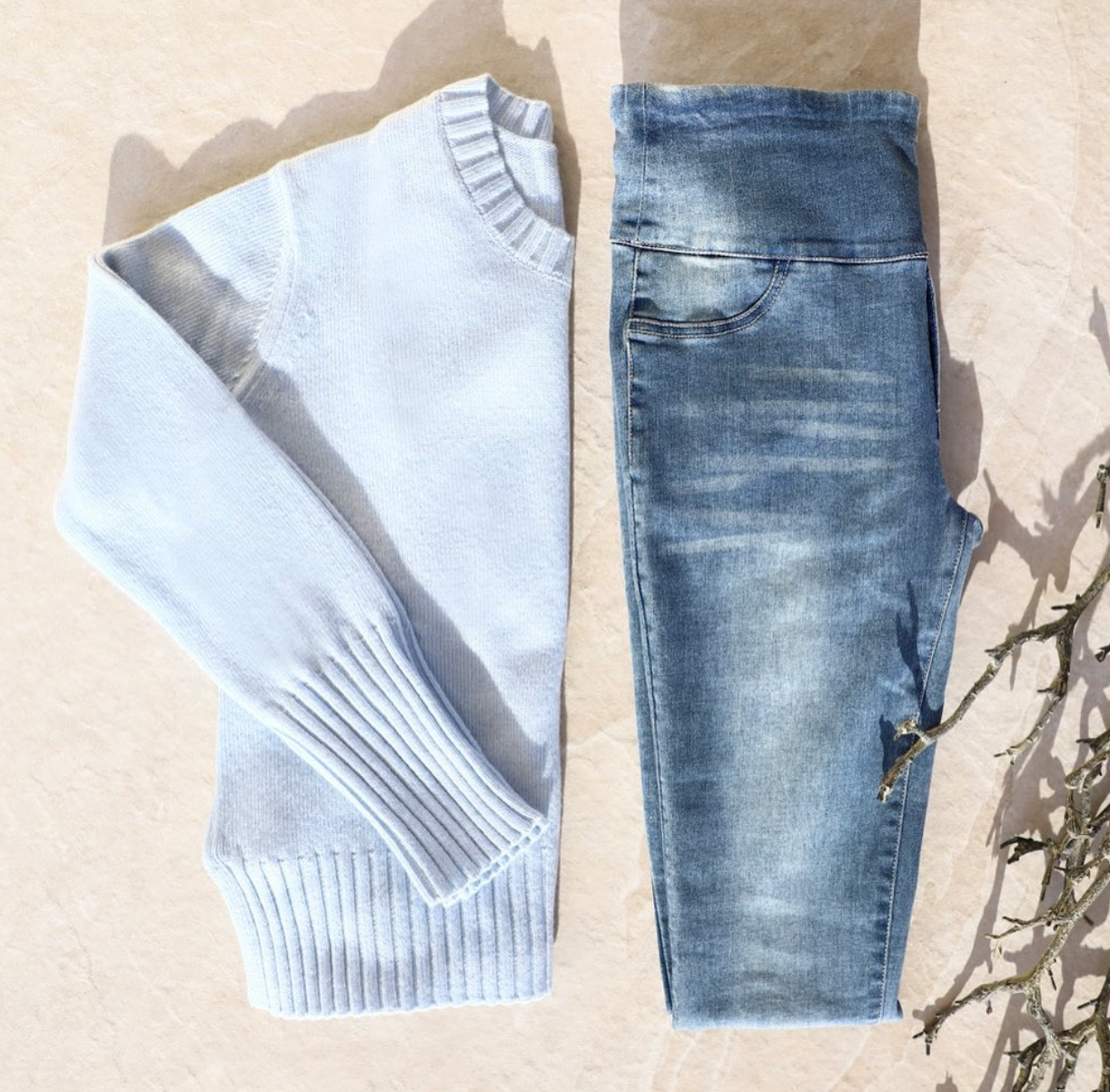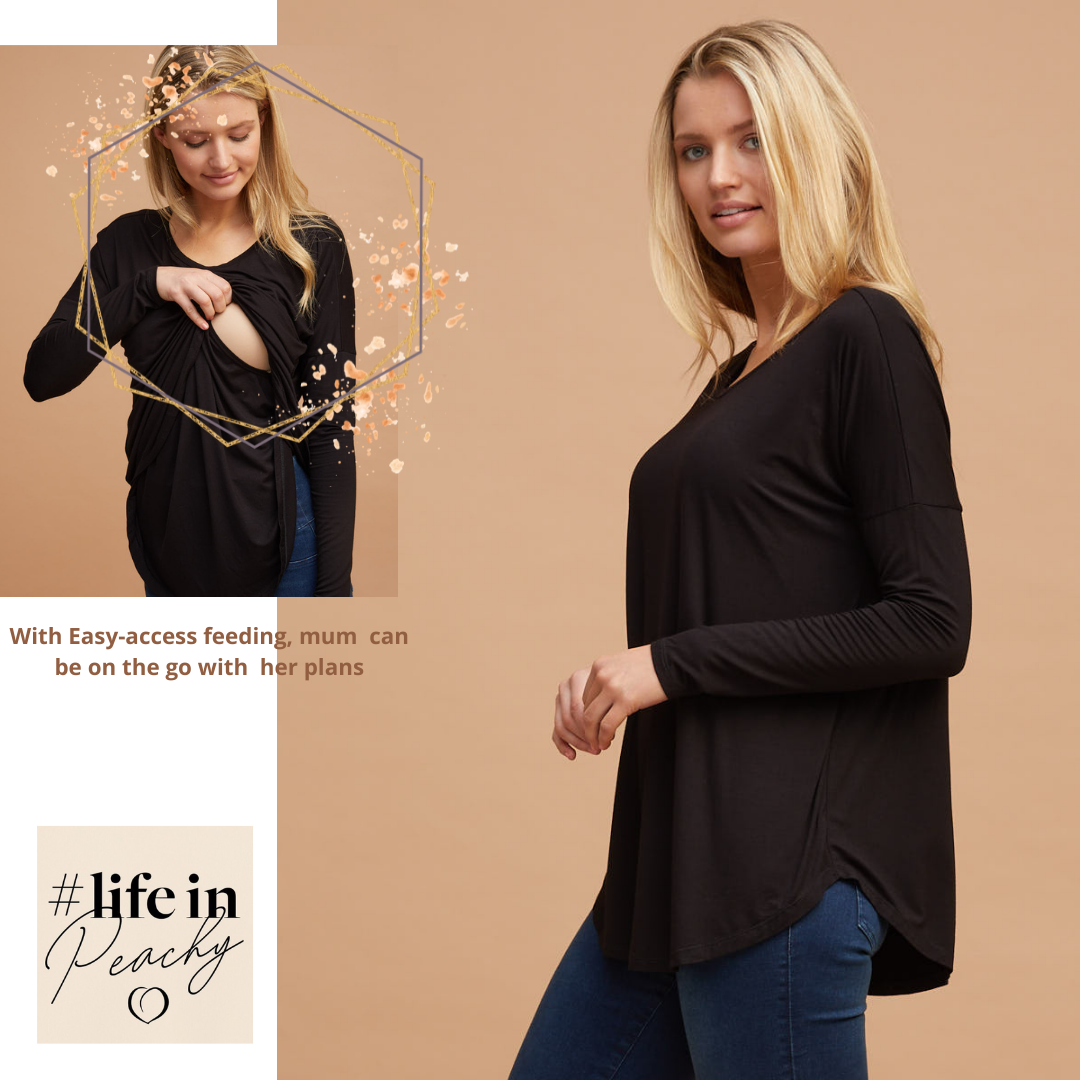Finding the right breastfeeding pump can change your nursing experience. At Peachymama, we know how important it is to find a pump that matches your lifestyle and budget.
Experts like What to Expect say the pump's type, suction power, and how easy it is to use matter a lot. We aim to offer top-notch products and advice to help you on your breastfeeding path.
Looking for the best breastfeeding pump or a top-rated breast pump? We're here to guide you. Our goal is to help you find a pump that meets your needs and improves your experience.
Understanding the Basics of Breastfeeding Pumps
To choose the right breast pump, knowing how they work is key. These devices help mothers express milk, even when they're not with their babies.
How Breast Pumps Work
Breast pumps use suction to get milk from the breast, like a baby's natural sucking. They can be electric or manual. The pump's success depends on its suction, how comfortable it is, and if it helps milk flow.
Electric pumps let you adjust the suction to fit your comfort. High-end models, like hospital-grade pumps, are great for frequent use. They help mothers who pump often.
Different Types of Expression Methods
There are two main ways to express milk: single pumping and double pumping. Double pumping is faster and can help produce more milk by working both breasts at once.
- Single pumping focuses on one breast, which is good for uneven milk production.
- Double pumping is quicker and better for those with twins or who need to pump a lot.
Why Mothers Choose to Pump
Mothers pump for many reasons, like going back to work or relieving engorgement. It also lets partners or others help with feeding, creating bonding moments.
Portable pumps are great for busy moms. They're easy to use anywhere. Knowing your needs helps pick the best pump for you.
Types of Breast Pumps Available in Australia
At Peachymama, we know every breastfeeding mom is different. That's why we offer a wide range of breast pumps in Australia. We cater to all sorts of needs and budgets.
In Australia, you can find many types of breast pumps. From simple manual ones to high-tech electric and wearable pumps. Brands like Medela, Spectra, and Elvie are popular. They're known for being easy to use, affordable, and packed with features.
There's a pump for every mom's lifestyle. Whether you're a working mom who needs something discreet or a stay-at-home mom who wants something easy to use, there's a pump for you.
- Manual breast pumps are great for those on a budget. They're portable, don't need batteries, and are perfect for occasional use.
- Double electric breast pumps, like Medela and Spectra, are efficient. They let you pump both breasts at once, saving time and possibly boosting milk supply.
- Hands-free or wearable pumps, like Elvie, let you move freely while pumping. They're ideal for busy moms or those who work.
When picking a breast pump, think about your lifestyle, how often you'll use it, and your budget. Prices vary a lot. Manual pumps are the cheapest, while the most advanced electric ones cost more.
Knowing about the different types of breast pumps can help you choose the right one. It's all about supporting your breastfeeding journey.
Comparing Manual vs Electric Breastfeeding Pump Options
It's important to know the differences between manual and electric breast pumps. This helps you choose the right one for your needs and budget. Each type has its own benefits and drawbacks to consider.
Benefits of Manual Pumps
Manual breast pumps are simple and affordable. They cost less than electric pumps, making them great for those on a budget. They're also easy to carry and don't need batteries or electricity.
Manual pumps have several advantages:
- Affordability: They're cheaper to buy upfront.
- Portability: They're small and light, perfect for travel.
- Control: You can adjust the suction and rhythm, which can be more comfortable.
Advantages of Electric Pumps
Electric breast pumps are convenient and efficient, ideal for those who pump often. They express milk faster than manual pumps, which is great for regular pumpers. They also reduce fatigue, letting you do other things while pumping.
Electric pumps offer several benefits:
- Efficiency: They pump milk faster.
- Convenience: They allow hands-free pumping, so you can multitask.
- High Volume: They're good for mothers with a lot of milk or who pump often.
Cost Considerations for Each Type
The cost of a breastfeeding pump includes more than just the initial price. Manual pumps have no extra costs after buying. Electric pumps might need batteries or replacement parts, adding to the cost over time.
Electric pumps might seem more expensive at first, but they can save money in the long run, even with double pumping. Think about how often you'll use the pump to decide between manual and electric. Manual pumps are better for occasional use, while electric pumps are more suitable for regular or heavy use.
The right breastfeeding pump for you depends on your needs, lifestyle, and budget. By understanding the pros and cons of manual and electric pumps, you can make a choice that supports your breastfeeding journey.
Essential Features to Consider When Choosing Your Pump
Choosing a breast pump involves looking at several key factors. At Peachymama, we stress the importance of suction power, comfort, and ease of use. These ensure you find a pump that suits your lifestyle perfectly.
Experts and breastfeeding moms agree on the must-have features. These include suction power, comfort, ease of use, and portability. Think about what you need and prefer to make a smart choice.
The suction power is a big deal. Electric and hospital-grade pumps often have adjustable settings. This lets you tailor the pump to your comfort and effectiveness needs. Portable pumps, on the other hand, focus on being easy to take with you, perfect for travel or different settings.
Other key features to look at are:
- Comfort: Choose a pump with soft, flexible shields to avoid discomfort or soreness.
- Ease of Use: Go for a pump with an easy-to-use interface and clear instructions.
- Portability: If you'll be using your pump on the move, pick a light, battery-powered one.
- Noise Level: If you'll use it in quiet places or at night, find a pump that's quiet.
- Battery Life: For portable pumps, a long battery life or charging while in use is handy.
By carefully looking at these features and your personal needs, you can pick a breast pump that meets your expectations. It will also improve your breastfeeding journey. Whether you choose an electric, hospital-grade, or portable pump, the best one for you will depend on your specific situation and preferences.
Matching Your Lifestyle with the Right Breast Pump
Finding the right breast pump is key to a successful breastfeeding journey. It should fit your daily routine and personal life. Every mother's lifestyle is different, and the right pump reflects that.
Needs of Working Mothers
Working mothers need a pump that's portable, efficient, and easy to use. They want something they can use discreetly at work and that fits their busy schedule. Important features include:
- A compact and lightweight design
- Quiet operation to avoid drawing attention
- Easy-to-use interface for quick expression
- Rechargeable battery for convenience
The best pumps for working mothers are those that are both efficient and portable. Wearable breast pumps or compact electric pumps are great options.
Requirements for Stay-at-Home Mothers
Stay-at-home mothers often look for comfort and a relaxed pumping environment. They might prefer pumps that feel more natural and are good for frequent use. Key features to look for are:
- Comfortable flange sizes for a proper fit
- Multiple suction settings for personalized comfort
- Soft, flexible materials for enhanced comfort during use
A top-rated breast pump for stay-at-home mothers should be comfortable for long sessions. It should also mimic the natural breastfeeding experience.
Solutions for Occasional Pumping
For mothers who only pump occasionally, simplicity and affordability are important. Manual or basic electric pumps are good choices. They are often cheaper and easy to use. Consider:
- Ease of use and cleaning
- Affordability without compromising on quality
- Portability, even if not used frequently
Occasional pumpers can benefit from manual or simple electric pumps. These meet their needs without the advanced features needed by frequent pumpers.
Breast Pump Maintenance and Hygiene Best Practices
Keeping your breast pump in top shape is key for your health and the quality of your milk. It's not just about making sure it works right. It's also about keeping it clean and safe to use. This is true for all types of breast pumps, like electric, hospital-grade, and portable ones.
Cleaning Guidelines
It's important to clean your breast pump after each use. Take apart the parts that touch your milk, like the breast shields and valves. Then, rinse them with cold water to get rid of any leftover milk.
- Next, wash these parts in warm, soapy water with a mild detergent.
- Make sure to rinse them well to get rid of any soap.
- Let them air dry on a clean towel.
Sterilisation Guidelines
It's a good idea to sterilize your breast pump parts before the first use and every day after. You can use a steam sterilizer or boil them in water for 5-10 minutes.
Storage Tips for Expressed Milk
Storing your expressed milk right is important to keep it fresh. Use airtight containers or bags and mark them with the date. Store it in the fridge or freezer as needed.
- Keep the milk in the fridge at a temperature below 4°C for 3-5 days.
- Freeze it for longer storage, up to 6 months in a deep freezer.
When to Replace Parts
Check your breast pump parts often for any damage. If you see cracks, tears, or if they don't fit right, it's time to replace them. For electric and hospital-grade pumps, follow the manufacturer's advice on replacing parts like valves and membranes.
By following these tips, you can keep your breast pump in great shape. This ensures your milk is safe for your baby. At Peachymama, we stress the importance of maintaining your breast pump. It helps it last longer and keeps you and your baby safe.
Conclusion: Making Your Final Decision
Choosing the right breastfeeding pump can really improve your breastfeeding journey. Think about the type of pump, its features, and how they fit into your lifestyle. This way, you can pick a pump that suits you best.
The best pump for you depends on your situation. Are you a working mum or staying at home? Looking at these details will help you find a top-rated pump. It should make expressing milk easier and more efficient for you.
At Peachymama, we know how important the right tools and support are for breastfeeding. We suggest checking out our range of nursing wear and breastfeeding support products. They're designed to make your experience as comfortable and convenient as possible.
Now, you're ready to choose your breast pump with confidence. You've thought about all the important factors. Good luck with your decision!


